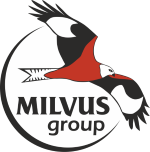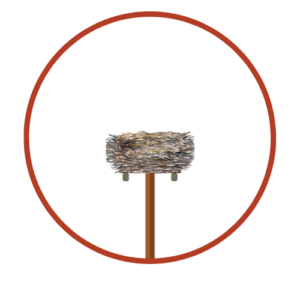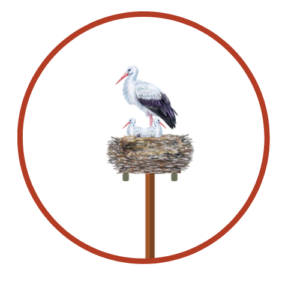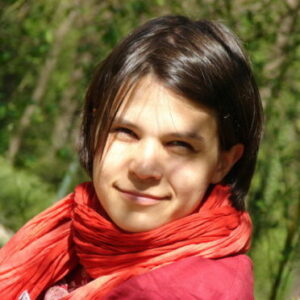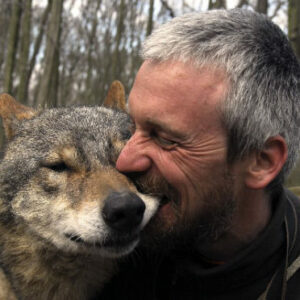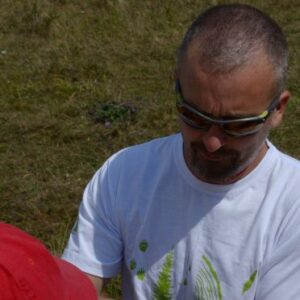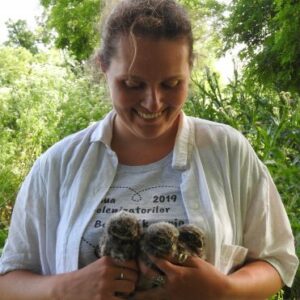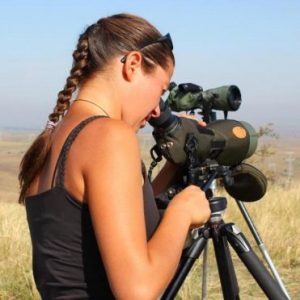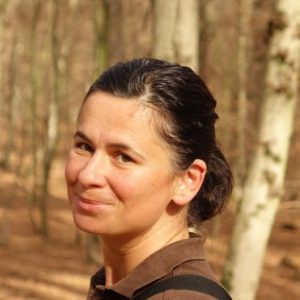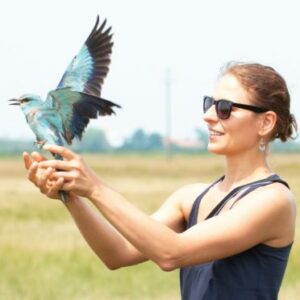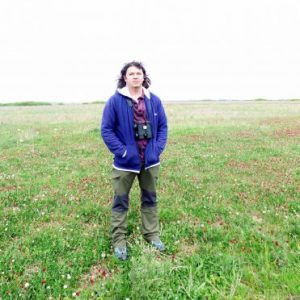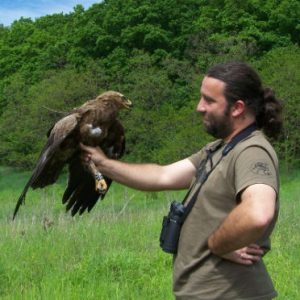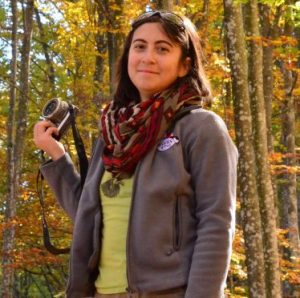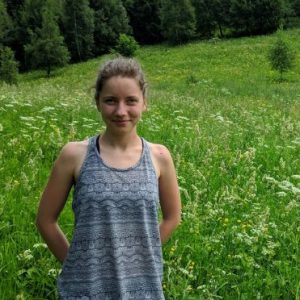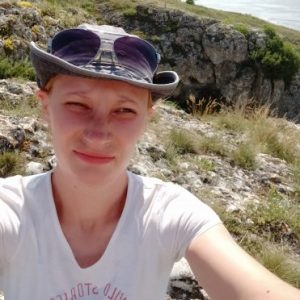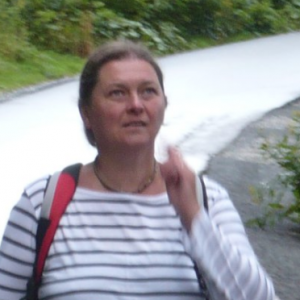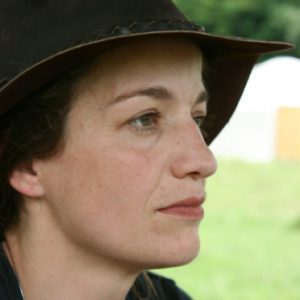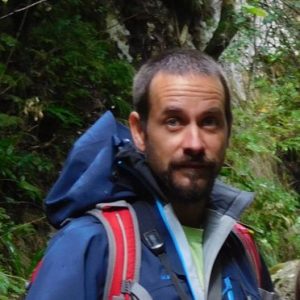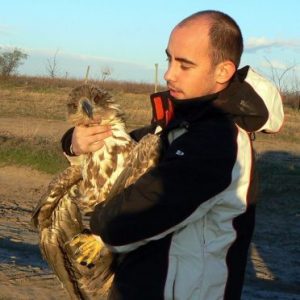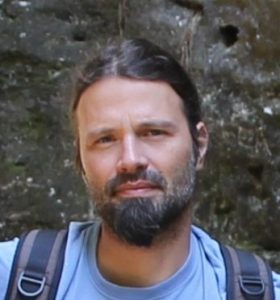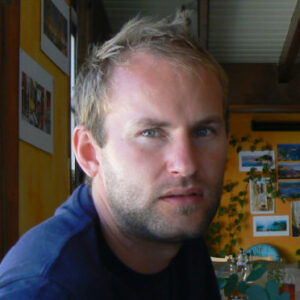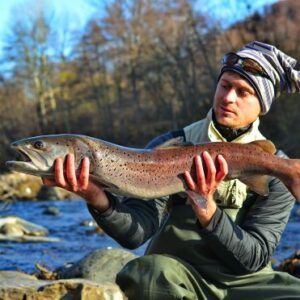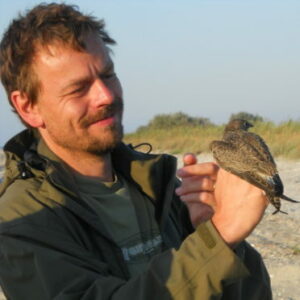Species: white stork
Period: march-august
Experience level: basic
Number of people needed: 1
Equipment: mobile phone (smartphone), binoculars (optional)
Location: where there is a stork nest
Short description of the methodology
We expect program participants to monitor the stork nest(s) near their home as often as possible, from the stork’s arrival on the nest through the summer migration, and to note all key events observed at the nest. The two most important events are the arrival of the stork on the nest and the number of chicks, which have fled from the nest. In addition, any other events observed at the nest can be noted, e.g. date of mating, laying of eggs, start of incubation, hatching of eggs, leaving the nest, death of a chick or adult bird, destruction of the nest, etc. As in the other monitoring programmes, data will be collected using the OpenBioMaps mobile application.
The detailed method can be read in Romanian here (RO).
In order to monitor the nest, we need to know where it is located. On the map, you can see all the nests already registered in the database.
These nests DO NOT need to be registered again by filling out the “New white stork nest” form. Open the map and click on the “i” icon at the bottom of the page. After clicking this button, you can view details about the already registered nests and their names. If the nest you want to monitor is not on the map, you will first need to register it by completing the “New white stork nest” form (see the White Stork Nest Monitoring Protocol, section D.3).
Partners, supporters
The White stork nest monitoring programme was started with the help of the Romanian Environmental Partnership Foundation.
Contact
Edgár Papp, edgar.papp@milvus.ro, 0743994580
